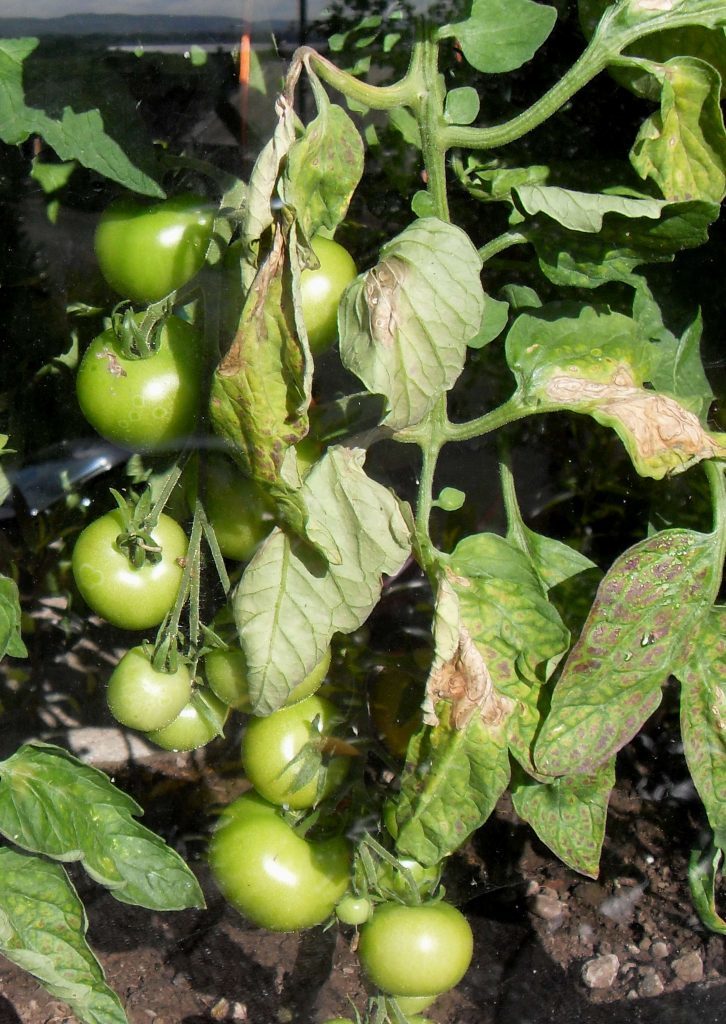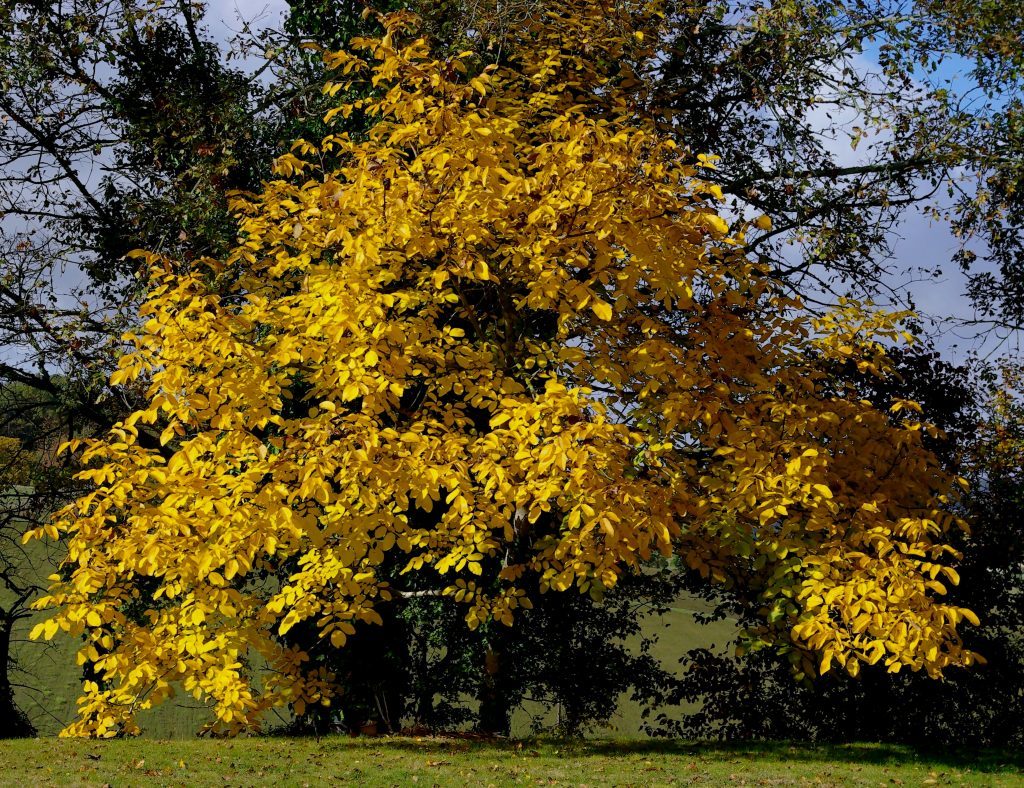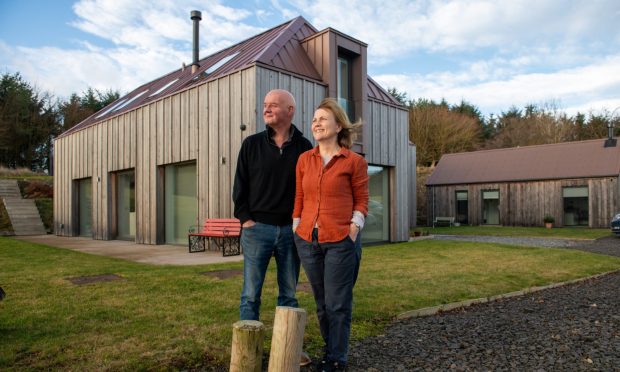Growing fruit trees like apples, pears and plums today is quite normal in gardens, as there is a huge range of varieties available as well as different forms to suit restricted spaces.
Wide open spaces take our standard trees, and walls take the cordons and fans but then for those with very limited space we can grow either stepover trees growing a few feet tall or the narrow columnar styles like the Starline Firedance apple.
As our Scottish weather could be taking a turn for the better temperature wise now could be the time to extend our range with other fruiting trees once considered too exotic for the north.
Figs may only form a very small tree or large bush, but with some shelter and a south facing wall or fence fruiting can be very successful outdoors.
Sweet cherries, like Cherokee is also a winner outdoors now it can be grown on the dwarfing rootstock Gisela 5. This rootstock plus some summer pruning keeps the height down to six feet and allows netting the tree otherwise the birds would very quickly get the lot.
Hazelnuts are now quite popular as part of the woodland fringe mix for shelterbelts and windbreaks.
Hazelnuts have been grown all over UK for centuries as a source of food as well as for the wood for fencing.
The nuts are harvested in autumn and can store for many months. The nuts are very high in protein, numerous vitamins and minerals and much of the production which is a main crop in Turkey goes into Nutella and Ferrero Rocher.
Mulberry trees make great specimen trees for the small garden and look brilliant in late summer when covered in black to red fruits looking like a raspberries. However they take up to ten years to fruit from planting so patience is required. Mulberry fruit can be white red or black, but the best flavoured is the black variety of Morus nigra.
They are often planted in a lawn to aid fruit collection when plastic sheeting is laid down and the fruit collected daily as it ripens and falls to the floor.
It is very soft and juicy which can be quite staining so wear gloves when collecting the fruit.
The fruit is sweet but tart and is eaten fresh with cream and honey or yoghurt, or it can be used in pies, tarts or brewed into a delicious wine.
The fruit is high in vitamins and minerals and antioxidants.
In its natural habitat growing in southern Europe, Asia, India and North Africa the dark anthocyanin pigment can be extracted quite easily leaving behind the juice to be used in cordials, wine and sauces.
Scientists are now evaluating the anthocyanins for use in biotechnology and pharmacology.
Walnut trees are coming up in scale so need plenty of room to grow, but make a very majestic tree on maturity. They prefer warmer climates coming from China and Southern Europe but grow very well all over UK having been brought here as a food source by the Romans.
In UK we grow the English walnut, Juglans regia but needs a good summer and autumn to ripen up the seeds.
However most of the walnuts we buy in the supermarkets come from China, USA and other warmer countries.
Research on the health benefits of eating walnuts just about puts them into the superfood category.
They are packed with proteins, minerals and numerous vitamins and also high in the omega 3 oils.
I use them almost daily in my morning muesli and always added to salads, but they are used in very many other dishes including cake, soups and the oil is used in salad dressings.
Sweet chestnut, Castanea sativa, is native to Europe and Asia Minor but now grown widely.
Introduced by the Romans, who made porridge from the ground down nuts.
It makes a huge tree that can live up to 2000 years, and if you want the chestnut harvest soon, plant a grafted tree otherwise those raised from seed take about 20 years to mature.
They have been widely used in parkland landscaping and found in monasteries as a source of food. The chestnuts are usually roasted to remove the outer skin. They have similar health benefits to walnuts.
Wee jobs to do this week
Tomatoes are now cropping quite well and growth will have reached the top of the glasshouse, so remove the growing point and keep an eye out for any signs of botrytis on leaves.
Remove any of these immediately before it spreads and keep removing the lower leaves once they start to go yellow.















